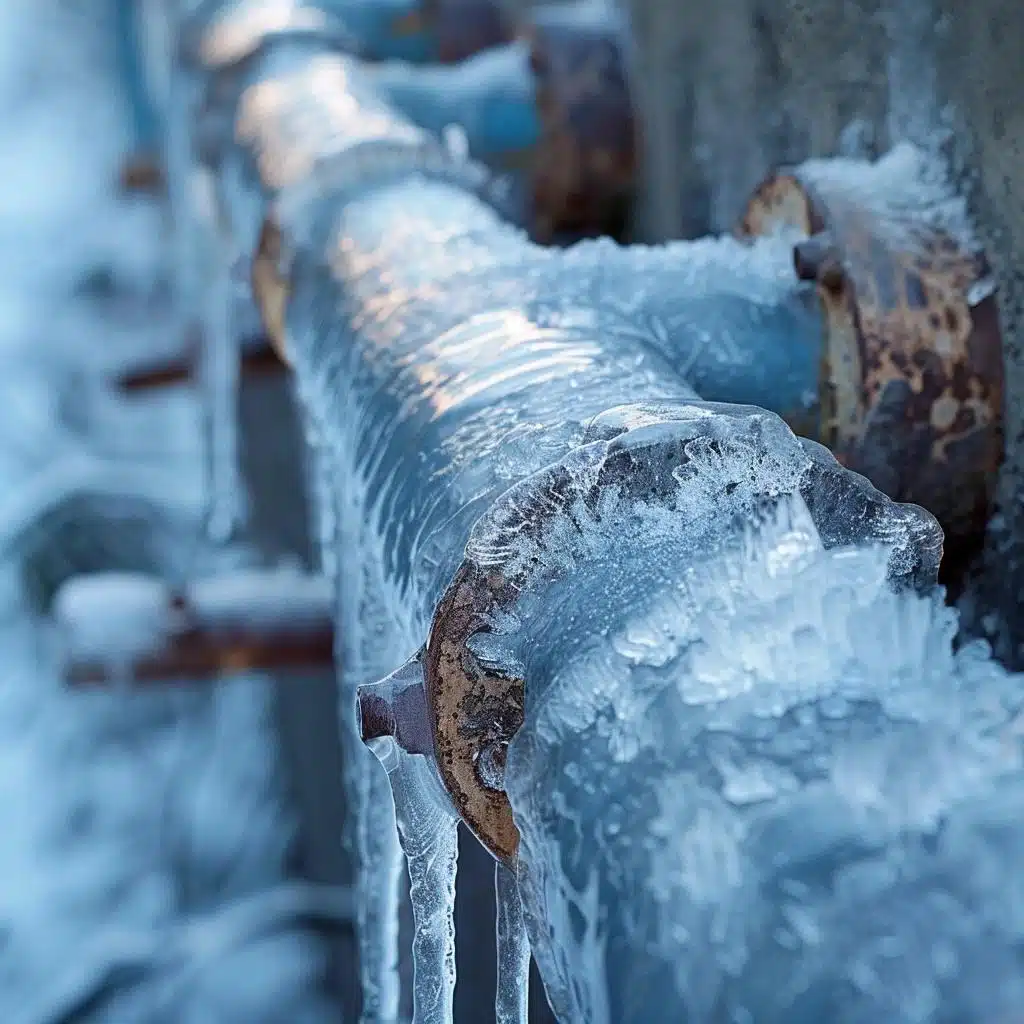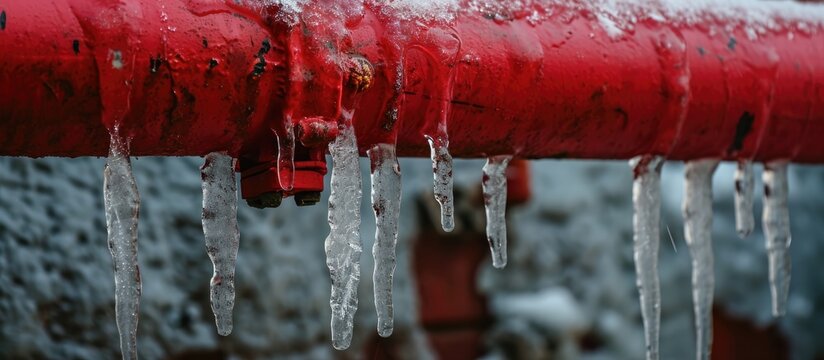Advice for Preventing Frozen Plumbing in Cold Weather: Professional Tips
Advice for Preventing Frozen Plumbing in Cold Weather: Professional Tips
Blog Article
The article which follows involving Winter Plumbing Precautions: Preventing Frozen Pipes is really compelling. Have a go and draw your own personal assumptions.

Winter can damage your plumbing, especially by freezing pipelines. Right here's exactly how to avoid it from occurring and what to do if it does.
Introduction
As temperature levels decline, the risk of frozen pipelines rises, possibly resulting in costly repair services and water damage. Understanding just how to avoid frozen pipes is vital for house owners in cool environments.
Comprehending Icy Pipelines
What creates pipes to freeze?
Pipelines freeze when exposed to temperature levels listed below 32 ° F (0 ° C) for expanded durations. As water inside the pipelines ices up, it expands, taxing the pipeline walls and possibly causing them to break.
Dangers and damages
Frozen pipelines can result in water system disruptions, home damages, and costly repair services. Ruptured pipelines can flood homes and cause comprehensive architectural damages.
Indications of Frozen Pipeline
Determining icy pipes early can stop them from rupturing.
How to identify frozen pipes
Try to find reduced water flow from faucets, uncommon odors or sounds from pipes, and noticeable frost on exposed pipelines.
Avoidance Tips
Protecting vulnerable pipes
Cover pipes in insulation sleeves or utilize heat tape to secure them from freezing temperature levels. Focus on pipes in unheated or external locations of the home.
Heating methods
Keep interior areas sufficiently heated up, specifically locations with plumbing. Open cabinet doors to enable cozy air to circulate around pipes under sinks.
Safeguarding Outside Plumbing
Garden hose pipes and outside faucets
Detach and drain pipes yard pipes prior to wintertime. Set up frost-proof spigots or cover outdoor faucets with shielded caps.
What to Do If Your Pipelines Freeze
Immediate activities to take
If you believe icy pipes, keep taps available to eliminate pressure as the ice melts. Utilize a hairdryer or towels soaked in hot water to thaw pipelines gradually.
Long-Term Solutions
Structural changes
Think about rerouting pipes far from exterior wall surfaces or unheated areas. Include additional insulation to attics, cellars, and crawl spaces.
Upgrading insulation
Purchase top quality insulation for pipelines, attics, and walls. Proper insulation aids maintain constant temperature levels and minimizes the risk of icy pipelines.
Conclusion
Protecting against frozen pipes needs aggressive procedures and quick actions. By recognizing the causes, indications, and safety nets, homeowners can shield their pipes throughout winter.
5 Ways to Prevent Frozen Pipes
Drain Outdoor Faucets and Disconnect Hoses
First, close the shut-off valve that controls the flow of water in the pipe to your outdoor faucet. Then, head outside to disconnect and drain your hose and open the outdoor faucet to allow the water to completely drain out of the line. Turn off the faucet when done. Finally, head back to the shut-off valve and drain the remaining water inside the pipe into a bucket or container. Additionally, if you have a home irrigation system, you should consider hiring an expert to clear the system of water each year.
Insulate Pipes
One of the best and most cost-effective methods for preventing frozen water pipes is to wrap your pipes with insulation. This is especially important for areas in your home that aren’t exposed to heat, such as an attic. We suggest using foam sleeves, which can typically be found at your local hardware store.
Keep Heat Running at 65
Your pipes are located inside your walls, and the temperature there is much colder than the rest of the house. To prevent your pipes from freezing, The Insurance Information Institute suggests that you keep your home heated to at least 65 degrees, even when traveling. You may want to invest in smart devices that can keep an eye on the temperature in your home while you’re away.
Leave Water Dripping
Moving water — even a small trickle — can prevent ice from forming inside your pipes. When freezing temps are imminent, start a drip of water from all faucets that serve exposed pipes. Leaving a few faucets running will also help relieve pressure inside the pipes and help prevent a rupture if the water inside freezes.
Open Cupboard Doors
Warm your kitchen and bathroom pipes by opening cupboards and vanities. You should also leave your interior doors ajar to help warm air circulate evenly throughout your home.

As a devoted reader on Helpful Tips to Prevent Frozen Pipes this Winter, I was thinking sharing that article was smart. So long as you enjoyed our page plz do not forget to pass it around. We value reading our article about How To Avoid Freezing Pipes.
Click Here Report this page